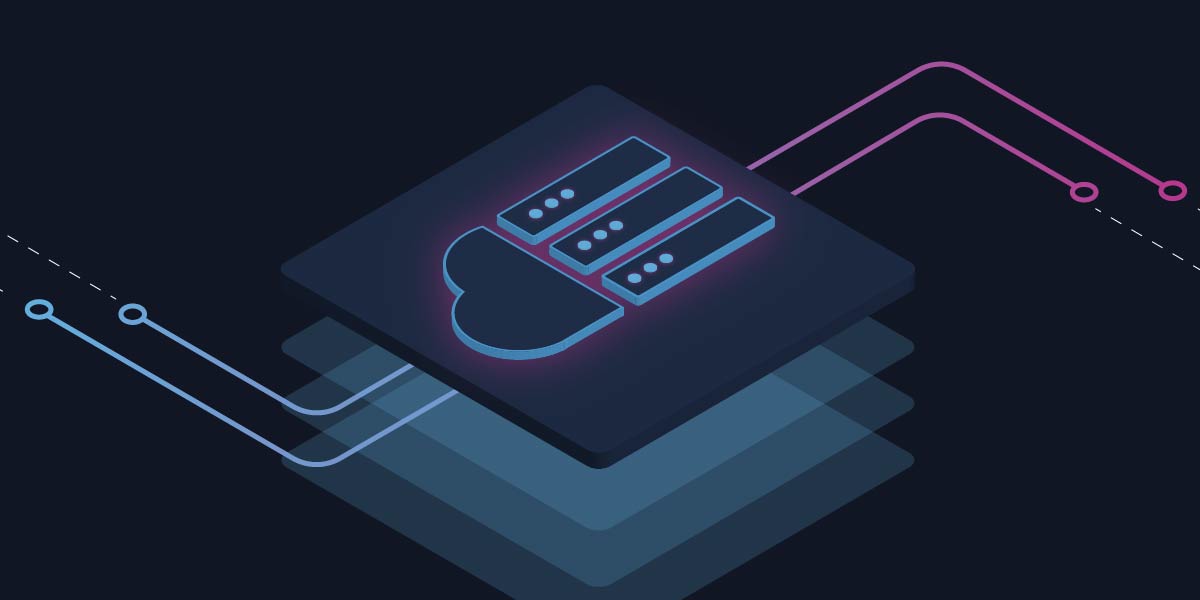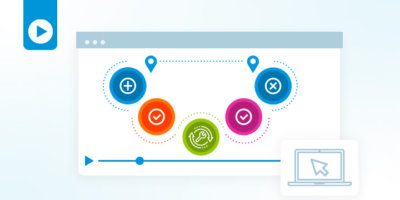Recently, I talked about the importance of integration for hybrid cloud network automation. The network is no longer just physical routers and switches, it’s also cloud transit gateways and traditional enterprise networks. This evolution has created many networking islands, all equipped with their own unique set of networking tools, consoles, and management methods.
This shift has made it nearly impossible to see any meaningful impact from automation in a hybrid cloud network without proper integration.
With this new lens, it’s crucial for enterprises to see that the only way to truly bridge the gap between public cloud, private cloud, and traditional enterprise infrastructure is by leveraging an integrated automation platform.
The Benefits of Leveraging an Integrated Approach for Hybrid Cloud Automation
Imagine managing and automating physical, virtual, and cloud network infrastructure with one platform – a hybrid cloud network automation platform. Integrating modern APIs, existing networking standards, and software automation, a hybrid automation platform can tie together any networking domain, whether it’s traditional networking infrastructure or software-defined wide-area networking (SD-WAN) branches.
The benefits we see network teams realize by taking this approach include:
- Simplify Network Management: Network automation platforms can be used to bridge the gap between public cloud, private cloud, and traditional enterprise infrastructure.
- Ensure Flexibility: A flexible, programmable software solution can be built for any networking environment; multi-cloud networking, traditional enterprise networking, communications infrastructure, SD-WAN, and more.
- Streamline Processes: Organizations can use pre-built integrations and an automation platform to streamline processes and resources across any domain in any environment, without the need to maintain their own code bases.
Key Criteria for Evaluating & Selecting the Right Integrated Automation Platform
Now that we understand why teams should be leveraging an integrated automation platform and the benefits they can realize, it’s just as important, if not more important, to understand what to look for when choosing the right integration automation platform for your business.
We have already seen how innovation in the cloud has been driven by open, flexible systems that can be automated with software. Whether it’s racks of servers, data center networking connections, enterprise storage, or IT applications, the cloud has a wide array of resources that can be used to quickly automate cloud deployments. For example, cloud management and infrastructure-as-code approaches such as Terraform and Kubernetes have revolutionized the way that cloud teams build and automate their infrastructure. Now there’s an expectation that this type of cloud automation will also deliver hybrid connectivity in the networking world. Imagine a networking platform that can connect cloud networking infrastructure to the traditional networking infrastructure and configure routers, switches, firewalls, and SD-WAN branches.
What’s needed is a platform that enables network teams to integrate with any network or IT system without requiring custom code, allowing them to automate configuration and compliance, and removing the skills gap so every network practitioner on the team can contribute along the automation journey. An integrated automation platform should include the following capabilities:
Integration Flexibility
Pre-built network integration and code that can be standardized on the management platform so that customers don’t need to maintain custom network integrations themselves.
Data Federation
Federation of networking configuration data and standards, using data or modeling languages such as YANG, YAML, JSON, and TOSCA and putting this data into an easily understood JSON Schema.
Configuration Standardization
Compliance management, such as defined Golden Configuration standards for both traditional and cloud networks, helping to ensure compliance and providing automated remediation.
API & CLI Support
Integration with any command-line interface (CLI) or network operating system (NOS), including third-party NOSs, cloud controllers, orchestrators, DevOps and NetOps tools, inventory, IT service management (ITSM), IPAM (IP address management), messaging systems, SD-WAN, security, telemetry, analytics. Sound impossible? It’s not with the right platform.
Event-Driven Automation
Integration with third-party monitoring and pipeline systems, providing event-driven capabilities for NetOps teams to use a closed-loop approach to automate the detection of anomalies, determine a resolution, and implement the required changes.
Unified View Across All Networks
A single aggregated network management view, with an API that enables network teams to manage hybrid networks as a single, logical entity.
Itential’s Unparalleled Approach to Integration & Automation for Hybrid Cloud Networks
What organizations need is a hybrid network automation platform that can be delivered at scale, without needing to build it themselves. With out-of-the-box integrations to hundreds of systems spanning across authentication, cloud, controllers and orchestrators, inventory, ITSM, SD-WAN and so much more, the Itential Automation Platform is already being used in the real world by organizations who didn’t want to build or maintain their own networking code.
S&P Global uses Itential to automate and orchestrate both traditional and emerging network technologies and provide self-service capabilities. Using this strategy, they were able to improve the agility and velocity of new applications and cloud services. By enabling self-service automation for their network engineers, they reduced the time to build network configurations from days to minutes; for example, speeding up the process to change firewall rules from minutes to seconds.
Lumen uses Itential to leverage an API-first, machine-first model, driving automation across field operations, service assurance, and service delivery. Lumen was able to use Itential to integrate control systems for more than 50+ unique systems and network technologies, providing end-to-end visibility and management.
TPx Communications wanted to streamline networking operations by eliminating manual processes. Instead of updating configuration files line by line, TPx was able to implement the Itential Automation Platform to automate many manual processes. For example, TPx Communications was able to free up its engineers by automating firewall provisioning, enabling the team to focus on complex deployments that require more professional services. TPx Communications estimates that 80% of their deployments weren’t highly complex – they just needed to be automated.
To dive deeper into this topic and how Itential is helping our customers to deliver network automation at scale in their hybrid cloud networks, download the full white paper here.






